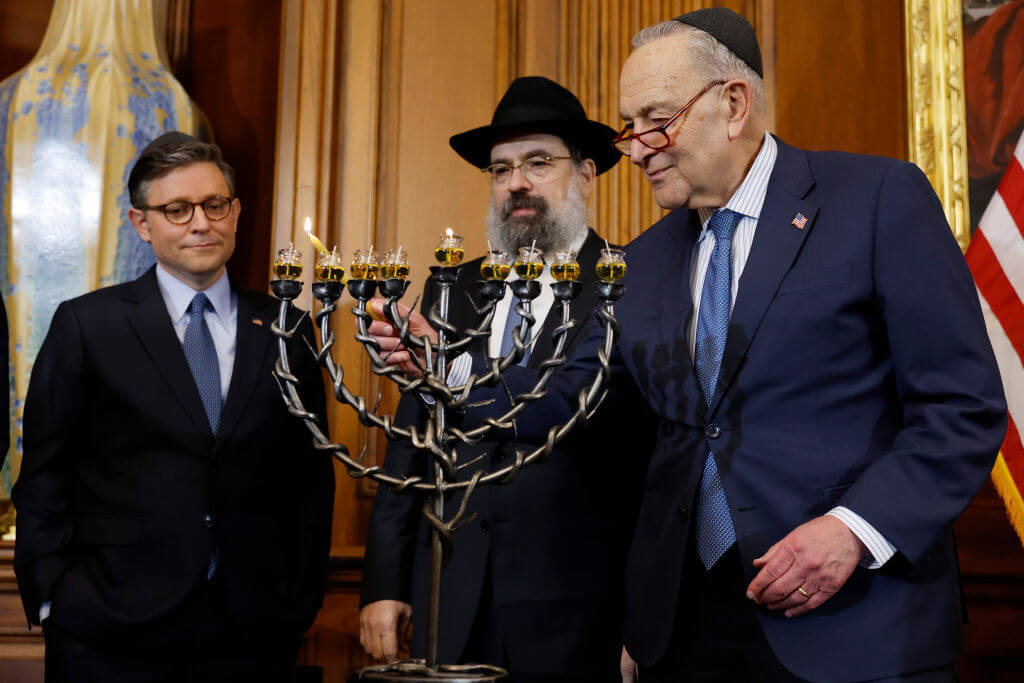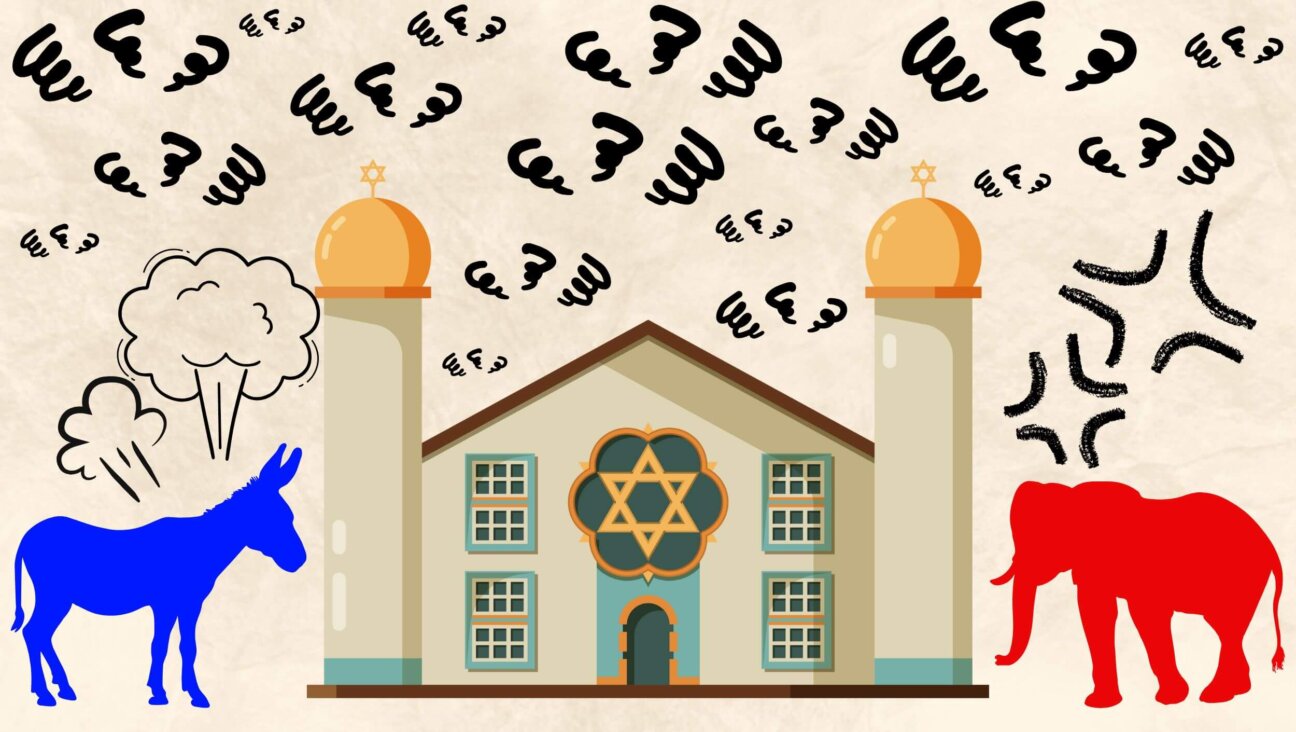Misconceptions About the Ancient World
The weekly Torah portion of last week, Vayikra, and of this week, Tsav — the first eight chapters of Leviticus — present in great detail the various rituals and sacrifices performed by the priests in ancient Israel.
Instead of concentrating on a particular aspect of the portion, this week’s column is devoted to a lesson in the history of biblical scholarship.
During the end of the 19th century, a school of biblical studies developed which held that the Torah is the haphazard compilation of four disparate sources. This approach came to be known by many names: the Documentary Hypothesis, Source Criticism, Higher Criticism or the JEDP Theory (the latter term based on the abbreviations of the four hypothesized sources). According to this approach, the latest source is the Priestly source, dated to the fifth century BCE. The Priestly source includes the many large sections of the Torah that deal with rituals and sacrifice, including the entire book of Leviticus.
The scholars who developed this theory, led by the German theologian Julius Wellhausen, believed that the priestly rituals reflected in the Torah do not date to the time of Moses or early Israelite history, but rather date only to the time of the presumed Priestly author’s period, namely, the period of the Second Temple, or late Israelite history. That is to say, claimed the adherents of this theory, there never was a Tabernacle, there never were sacrifices at such an early time, there was no class of priests called Levites and so on. Rather, the Torah speaks only about conditions in the Second Temple, though the material is retrojected to Moses’ period in a fictive manner.
This hypothesis held sway for more than a century, and it still has adherents today. Happily, however, biblical scholarship has made great strides in recent decades, and more and more scholars are beginning to question, if not reject, the Documentary Hypothesis either in whole or in part. In the specific case of the subject at hand, the so-called Priestly source, several important scholars have shown that the priestly material in the Torah reflects the period of early Israelite history. In particular, I should like to mention two individuals, Avi Hurvitz of the Hebrew University of Jerusalem and Jacob Milgrom of the University of California at Berkeley.
Professor Hurvitz has concentrated on the language of the so-called Priestly source. The Hebrew of the Bible is not a monolithic language, rather it is quite heterogeneous, with many differences displayed between early or classical Biblical Hebrew, on the one hand, and late Biblical Hebrew, on the other. In many detailed studies on Hebrew grammar and lexicon, Hurvitz has demonstrated beyond a doubt that the priestly material in the Torah reflects the early or classical Biblical Hebrew.
One example from this week’s portion: in Leviticus 8:21 the technical term for washing the sacrifices is the Hebrew verb rahatz, a word found elsewhere in the Torah in similar contexts; by contrast, compositions from the Second Temple period use a different verb, hediah, to describe the act of washing the sacrifices. In other words, Hurvitz argues, if the so-called Priestly source stemmed from the late biblical period, we would expect to find the verb hediah in Leviticus. We do not, though; instead we find the verb rahatz, the classical or early Biblical Hebrew counterpart.
Professor Milgrom has concentrated his efforts on finding parallels to the biblical sacrificial system among the peoples of other ancient Near Eastern societies. Fortunately, archaeological work in the 20th century has produced scores of texts, artifacts and pictures that together illuminate for us the rituals of the ancient world. Time and again Milgrom has demonstrated that the biblical rituals reflect the period of Israel’s early history.
From the many examples one could cite, I choose two from this week’s portion. In Leviticus 7:30 and 8:27 we read of the tenufa or “elevation offering” presented lifne YHWH “before the LORD”; this ritual is illuminated by a 16th-century BCE relief from Karnak, Egypt, in which the offerer elevates the offering to the deity, and the caption reads “elevate offerings before the god Amon-Ra.” The second example is the anointing of the priests with oil, an act described in Leviticus 8:30. Scholars once believed that such a ritual developed relatively late in the ancient world, but today Milgrom is able to point to the early practice of this act among the Hittites and the Babylonians.
The sum total of the evidence, both the linguistic adduced by Hurvitz and the comparative cultic adduced by Milgrom, demonstrates beyond doubt that the material concerning the priests in the Torah is of great antiquity. As scholarship progresses, we can expect fewer and fewer adherents to the late-dating of the ritual and cultic texts in the Torah as held by the Documentary Hypothesis, a theory rooted in 19th-century preconceptions and misconceptions about the ancient world.
Gary A. Rendsburg is the Paul and Bertha Hendrix Memorial Professor of Jewish Studies at Cornell University.






















